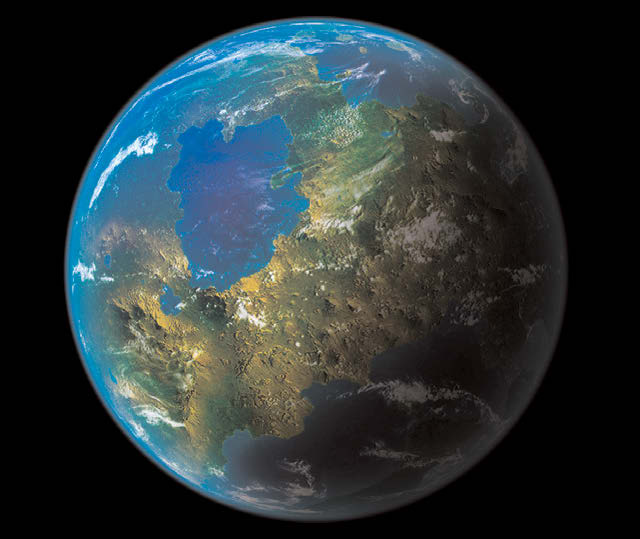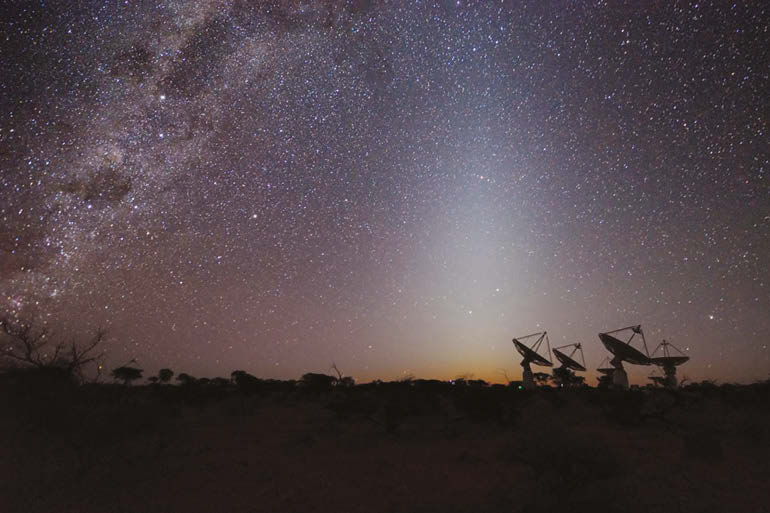
WASHINGTON (TIP): Bulk of potentially habitable planets – 92 per cent – are yet to be born in the universe, according to a new study that suggests there should at least be one billion Earth-sized worlds in the Milky Way at present.
When our solar system was born 4.6 billion years ago only eight per cent of the potentially habitable planets that will ever form in the universe existed, researchers said.
The bulk of those planets – 92 per cent – are yet to be born, according to the assessment of data collected by Nasa‘s Hubble Space Telescope and the prolific planet-hunting Kepler space observatory.
“Our main motivation was understanding the Earth’s place in the context of the rest of the universe,” said study author Peter Behroozi of the Space Telescope Science Institute (STScI) in Baltimore, Maryland.
“Compared to all the planets that will ever form in the universe, the Earth is actually quite early,” said Behroozi.
Looking far away and far back in time, Hubble has given astronomers a “family album” of galaxy observations that chronicle the universe’s star formation history as galaxies grew.
The data show that the universe was making stars at a fast rate 10 billion years ago, but the fraction of the universe’s hydrogen and helium gas that was involved was very low.
Today, star birth is happening at a much slower rate than long ago, but there is so much leftover gas available that the universe will keep cooking up stars and planets for a very long time to come.
“There is enough remaining material [after the big bang] to produce even more planets in the future, in the Milky Way and beyond,” added co-investigator Molly Peeples of STScI.
Kepler’s planet survey indicates that Earth-sized planets in a star’s habitable zone, the perfect distance that could allow water to pool on the surface, are ubiquitous in our galaxy.
Based on the survey, scientists predict that there should be one billion Earth-sized worlds in the Milky Way galaxy at present, a good portion of them presumed to be rocky. That estimate skyrockets when you include the other 100 billion galaxies in the observable universe.
This leaves plenty of opportunity for untold more Earth-sized planets in the habitable zone to arise in the future.
The last star isn’t expected to burn out until 100 trillion years from now. That’s plenty of time for literally anything to happen on the planet landscape.
The researchers say that future Earths are more likely to appear inside giant galaxy clusters and also in dwarf galaxies, which have yet to use up all their gas for building stars and accompanying planetary systems.
By contrast, our Milky Way galaxy has used up much more of the gas available for future star formation.





Be the first to comment